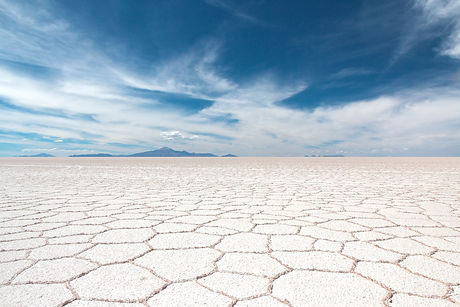
Bolivia
South America
About Bolivia

Sara and John say...
From the high desert to the hot, wet Amazon, Bolivia’s dramatically varied altitude is what shapes its climate.
In most opinions, May to October is the best period to visit.
The high plateau, or Altiplano, where the capital La Paz sits, is sunny but very cold at night. So pack well, as some tours start before dawn!
Meanwhile, the Amazon is pleasantly fresh during these dry winter months. Humidity and temperatures are lower than at other times of year. While it is still warm – frequently reaching 30°C – cold spells called surazos blow in periodically from the south, meaning the temperature can drop markedly for a few days.
As spring approaches, temperatures begin to rise and many of the crowds disperse. Indeed, September and October can offer the the best of all worlds for the visitor to Bolivia.
It turns wetter through November to March, with the heaviest rainfall from January. The lowlands bear the brunt of these flooding rains, which can disrupt travel, although the countryside is at its most verdant. And the rainy season has other upsides too. You may have seen magical, mirror-like photographs of the flooded Salt Flats – a beautiful optical illusion unique in the world to this place and this time of year.
The majority of festivals fall from February to April, such as Carnival and Easter (Holy Week) - a cultural spectacle like no other. And with the rains relenting and wild flowers in abundance, there’s a freshness to the air ahead of the dry months to come.
Quick facts about
Bolivia

Capital:
Currency:
La Paz
Boliviano
Language:
Spanish, Quechua, Aymara
Average weather in
La Paz

